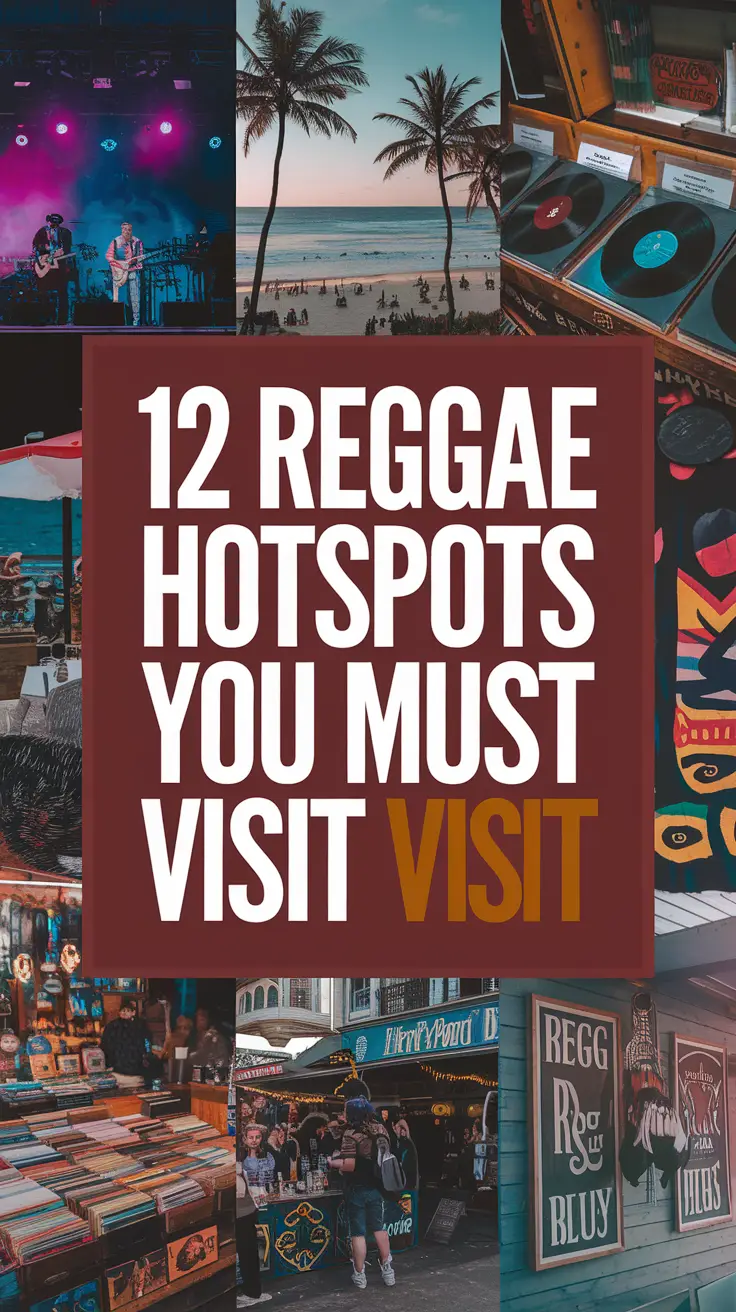
Let me take you back to the first time I stood outside Tuff Gong Studios in Kingston—a hot breeze toying with my straw hat, the faint hum of basslines spilling through the slightly ajar door. I half expected Bob Marley himself to step out, flash that peace-sign smile, and hand me a Red Stripe. It didn’t happen (of course), but what did happen was the beginning of a love affair—with reggae, with Jamaica, and with the vibrant, soul-shaking legacy that dances through every corner of this island.
If you’re cruising to Jamaica—and let me tell you, it’s one of my favorite Caribbean ports—you owe it to yourself to go beyond the beach and dig into the roots of the music that gave the world Marley, Toots, Jimmy Cliff, and so many others. Not only will you get a deeper understanding of reggae, but you’ll also see Jamaica through a lens that most visitors never even think to adjust.
Here are the 12 must-visit reggae heritage sites in Jamaica that will turn your cruise stop into a rhythmic journey through history, culture, and unforgettable music.
1. Bob Marley Museum – Kingston
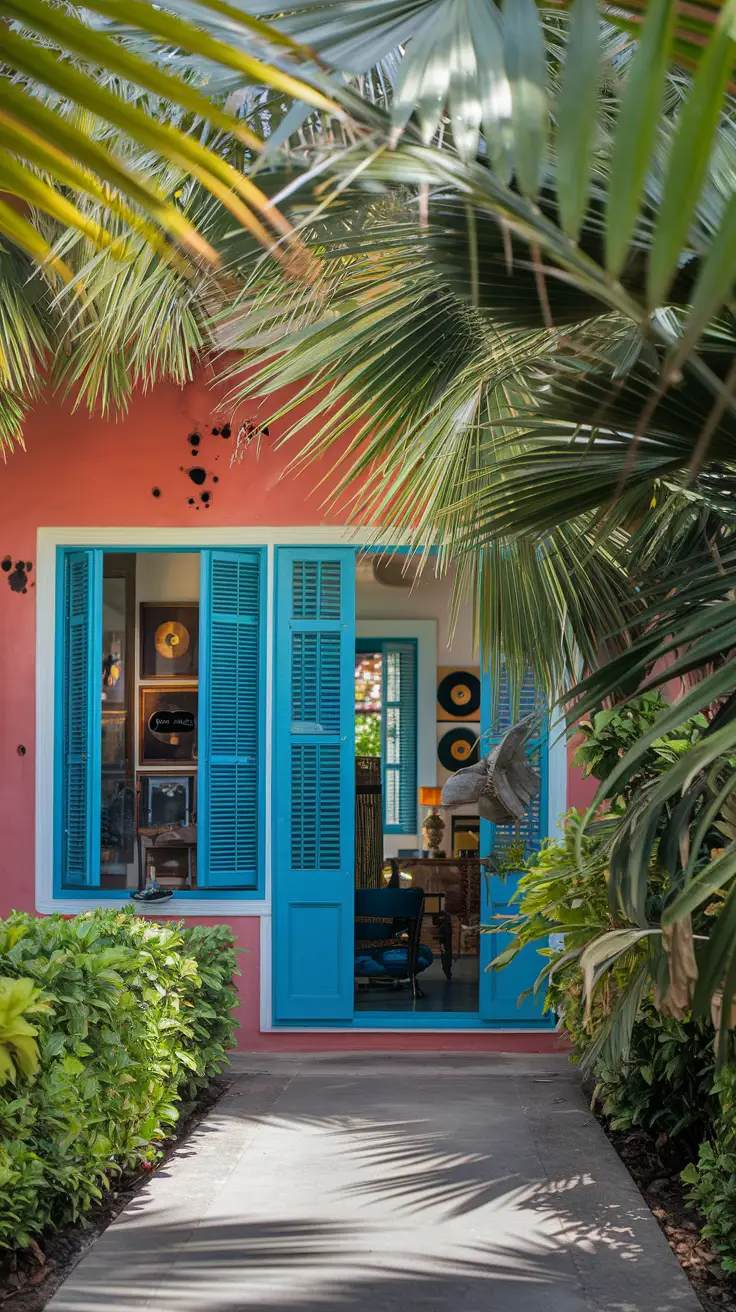
The holy grail, folks.
Built into Marley’s former home, this museum is as authentic as it gets. His bedroom remains untouched (seriously—right down to his star-shaped guitar), and yes, the bullet holes from the 1976 assassination attempt are still in the wall. Chills yet?
Insider Tip: Book a guided tour in advance and ask about Marley’s secret recording room—most people miss it entirely.
Getting There from Port: If you’re docking in Ocho Rios or Falmouth, consider a day tour to Kingston. Make sure you’re back in port in time—reggae time runs a bit… slower than cruise ship time.
2. Tuff Gong International Studios – Kingston
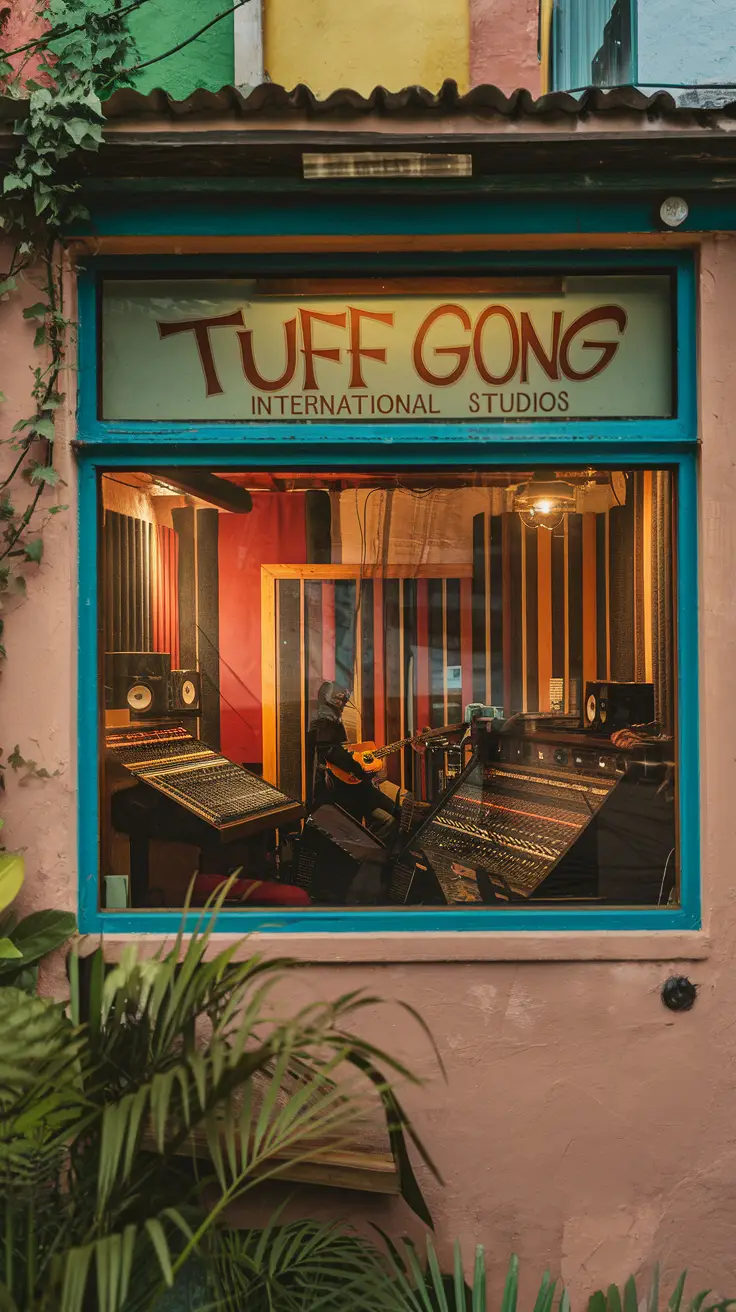
You think your headphones sound good? Wait until you step into this recording mecca, where legends have laid down some of reggae’s most pivotal tracks.
Take the studio tour and you might catch a session in progress—just don’t interrupt by humming your own rendition of “No Woman, No Cry.”
Fun Fact: Tuff Gong was Bob Marley’s nickname; “Tuff” for his streetwise grit and “Gong” from his spiritual reverence for Haile Selassie.
3. Trench Town Culture Yard – Kingston
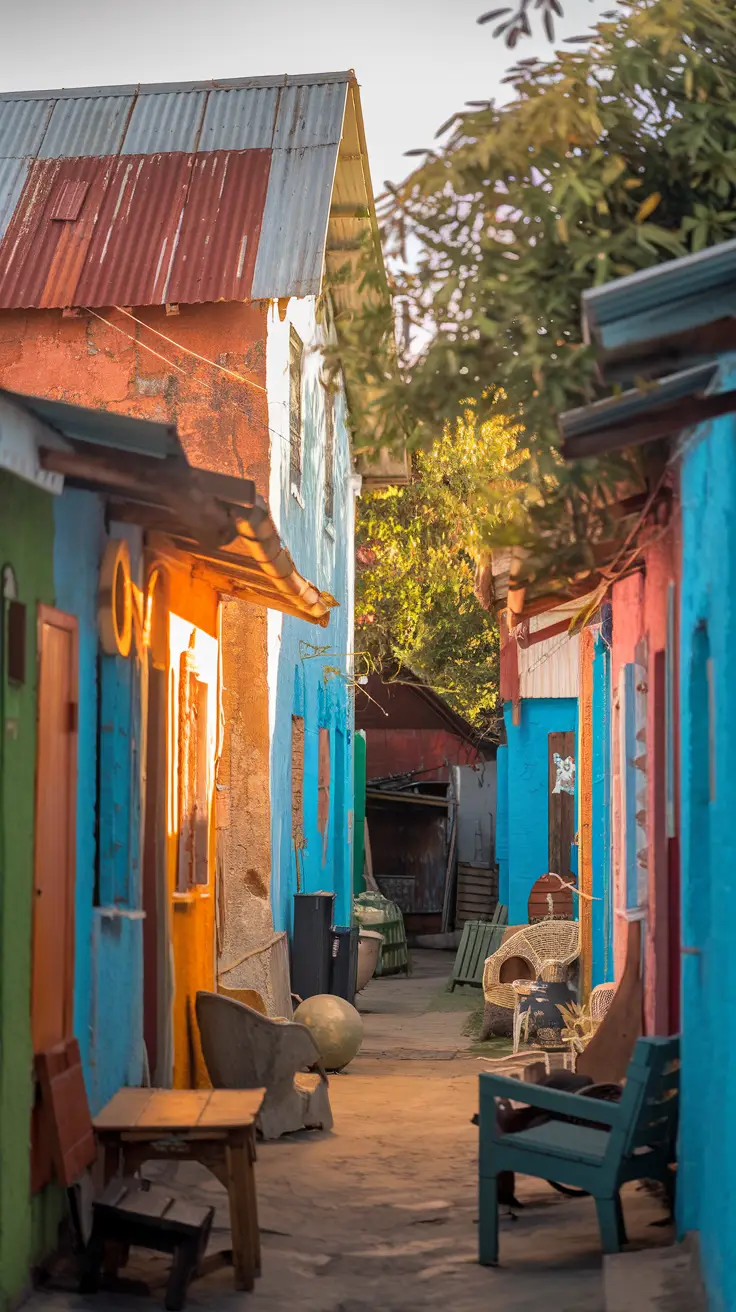
Reggae’s spiritual birthplace. Trench Town is where Marley grew up, learned to play guitar, and started The Wailers.
The Culture Yard preserves his original “government yard” and showcases the early seeds of reggae.
Cruiser Caveat: It’s best to visit with a licensed tour guide—Kingston isn’t exactly known for pedestrian-friendly wandering.
4. The Peter Tosh Memorial – Belmont
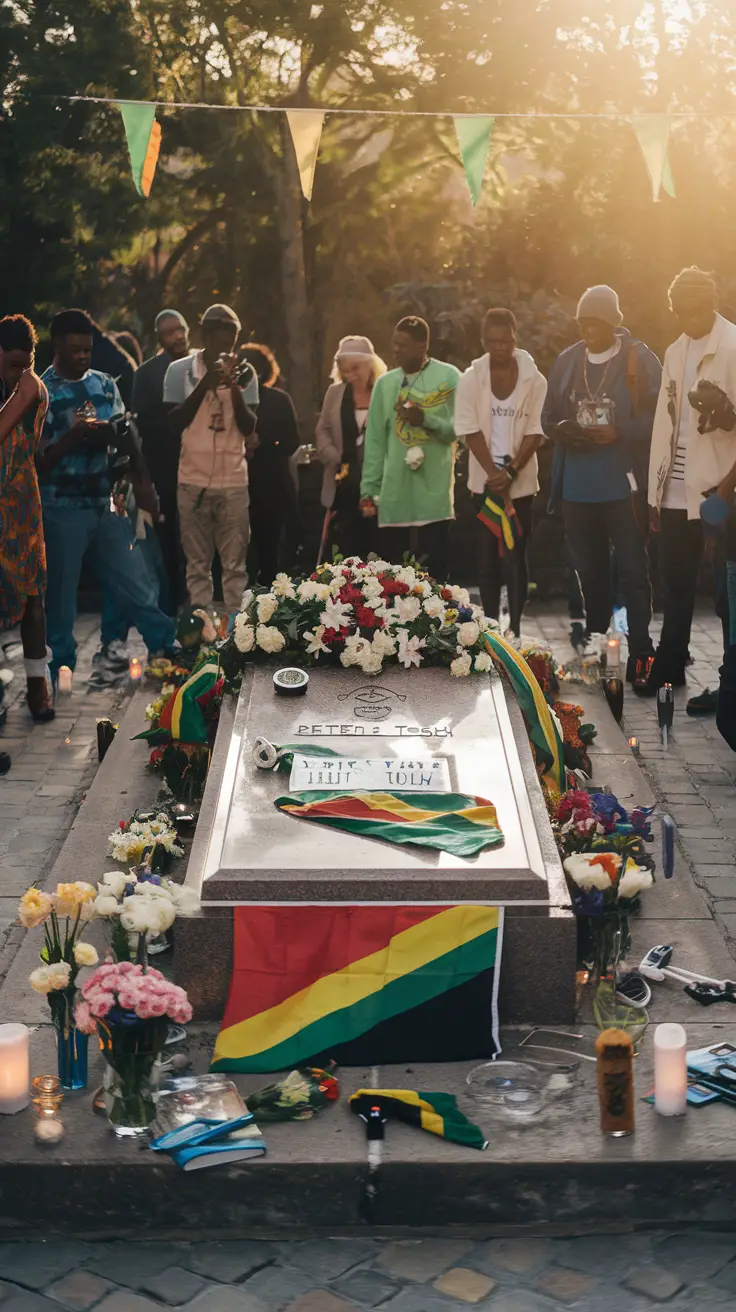
Peter Tosh, reggae’s rebel philosopher, rests in peace in this humble village on Jamaica’s southwest coast.
While this might be a hike from your standard port, it’s worth the effort for die-hard fans.
Bonus Tip: Check out the annual Peter Tosh Tribute—October is perfect cruise weather and the vibes are infectious.
5. Institute of Jamaica – Kingston
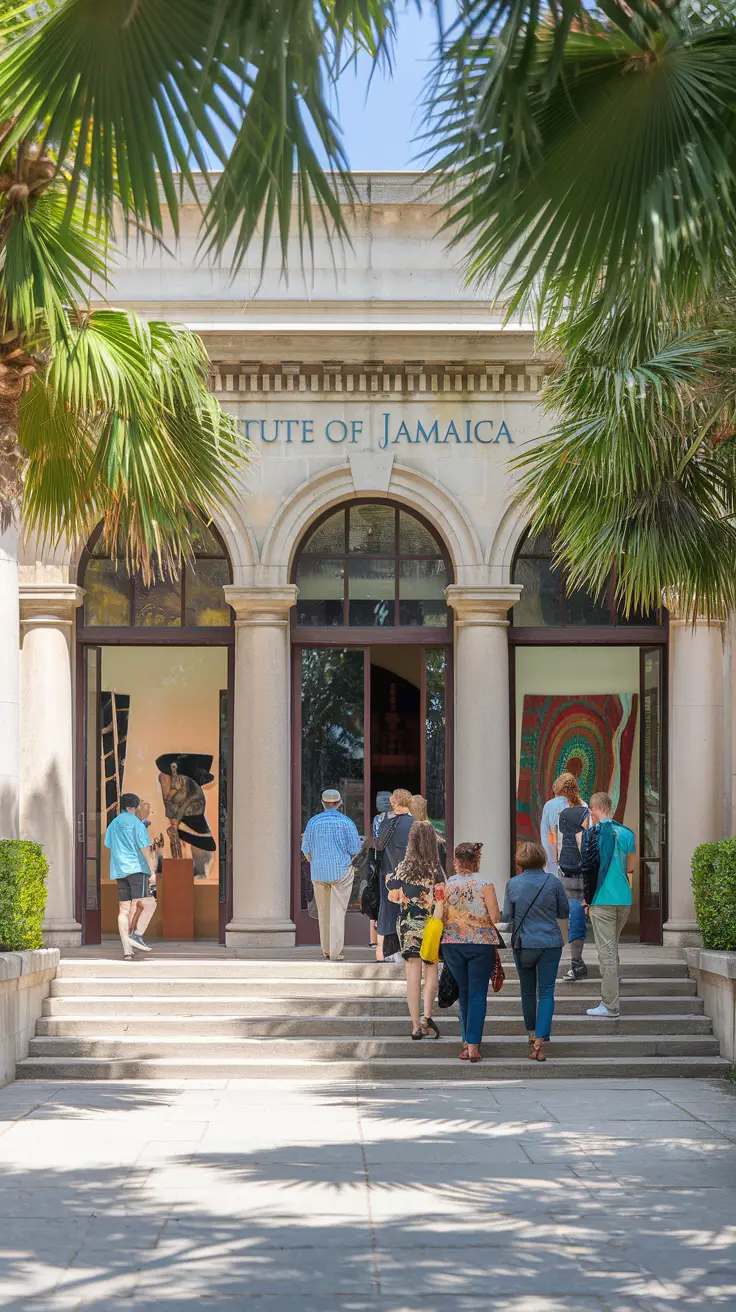
For the culture vultures: this place is packed with exhibits on Jamaican music, history, and art.
Think of it as Reggae 101—with A/C.
Pro Tip: It’s walking distance from several other key sites, so build in a self-guided tour (and bring water, always).
6. Devon House – Kingston (with bonus snack)
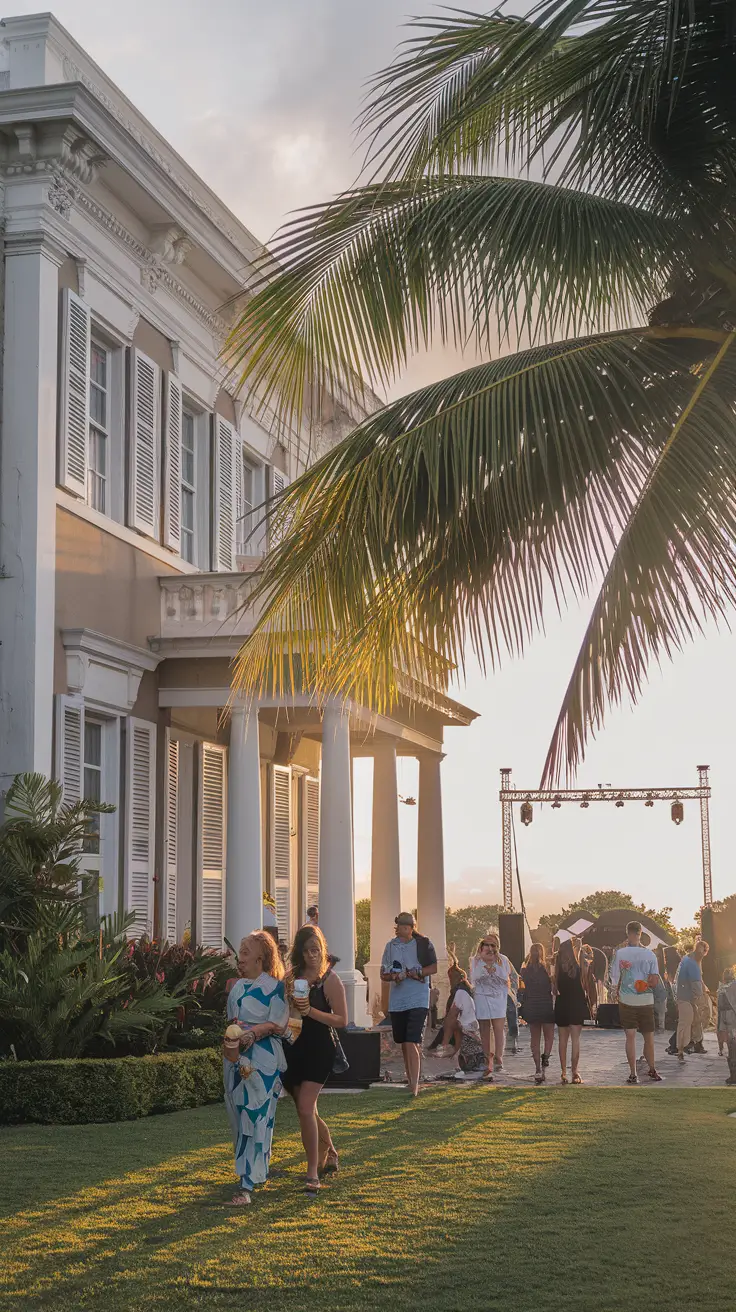
While not explicitly reggae-related, this 19th-century Georgian mansion often hosts reggae concerts and cultural events—and that’s reason enough to drop by.
Do Not Miss: The famous I-Scream shop on the property. Try the Devon Stout flavor—you’re welcome.
7. Orange Street “Beat Street” – Kingston
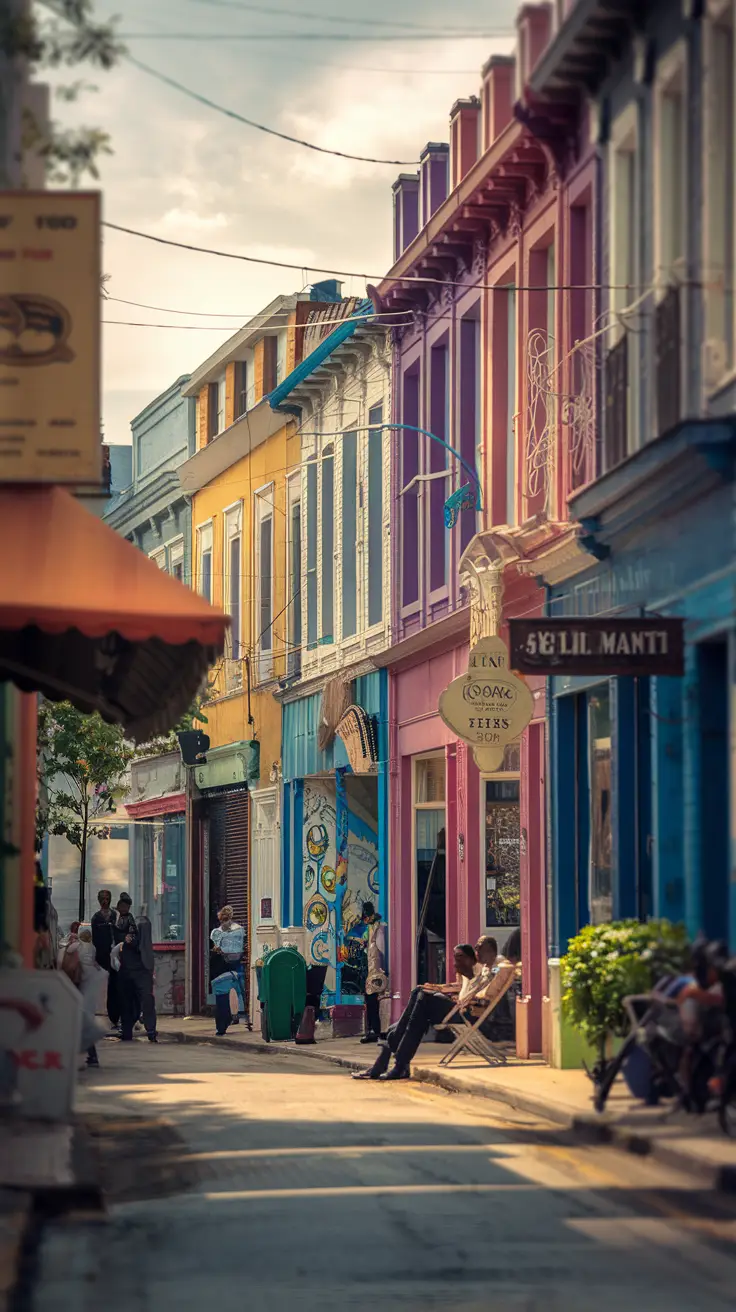
The very heart of ska and rocksteady, Orange Street was the original record-label row where producers like Coxsone Dodd launched careers.
It’s quieter now, but the echoes of the golden era still float through the air like a vintage vinyl loop.
8. Jamaica Music Museum – Kingston
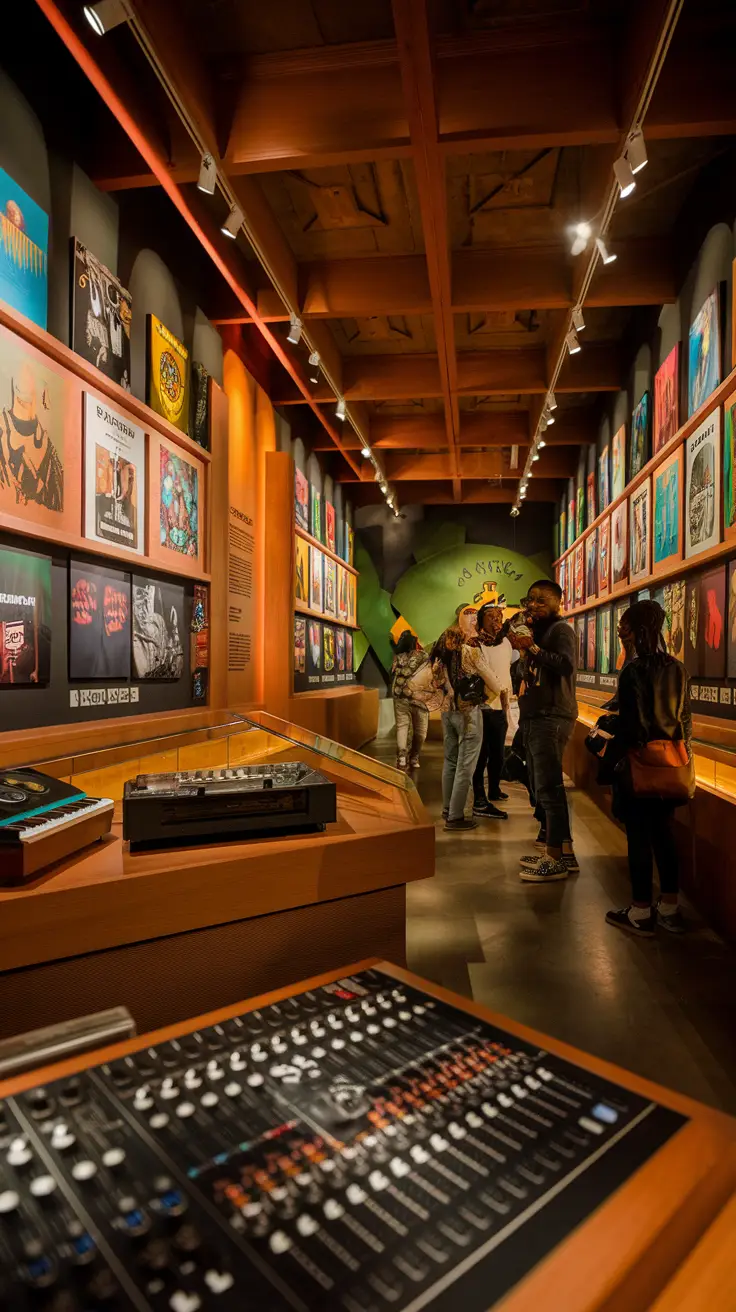
A one-stop shop for all things Jamaican music. From mento to dancehall, it’s all here.
Fun Tidbit: They have Lee “Scratch” Perry’s mixing board. For audio nerds, that’s like seeing Einstein’s blackboard.
9. Nine Mile – St. Ann Parish
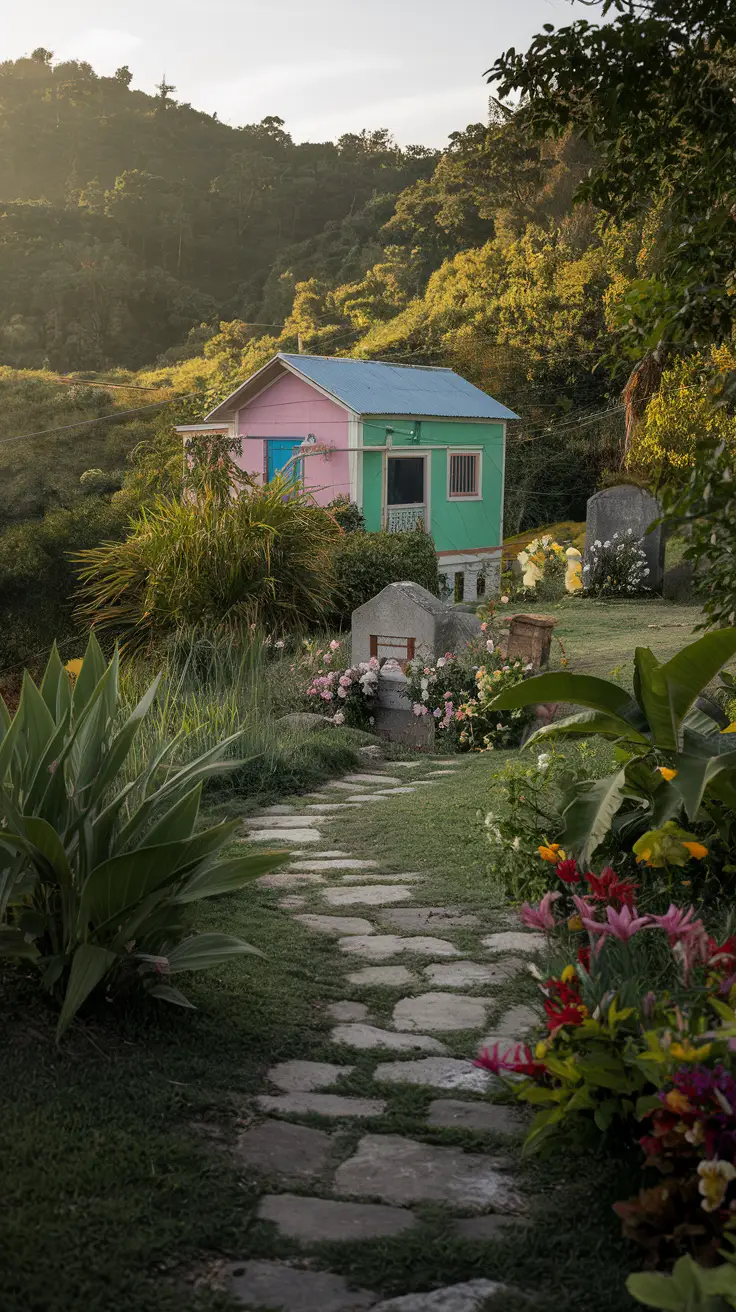
Buckle up for the pilgrimage. Marley’s birthplace—and final resting place—lies tucked in the hills of this lovingly preserved village.
Take time in the Meditation Rock area, where he used to write lyrics under the stars.
Trivia Bonus: Yup, his mother and brothers are buried nearby. And yes, you can climb to his childhood bedroom barefoot if you’re feeling particularly spiritually inclined.
10. Dub Club – Kingston
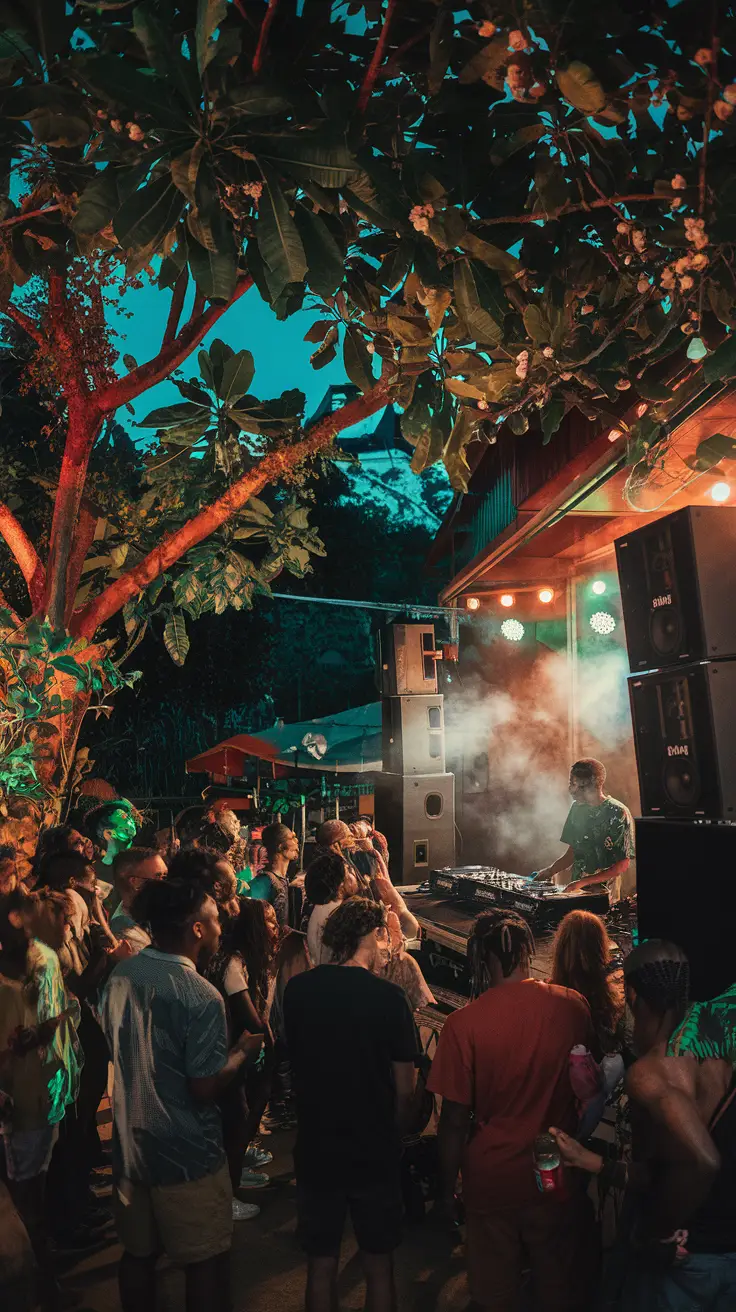
High in the hills and overlooking the city, Dub Club is where serious reggae lovers come to party.
It’s not touristy—it’s grittier, realer, and full of BASS. Plus, on Sunday nights, you’ll hear mixes that never make it to radio.
Warning: Don’t wear new sandals. The hill path is no joke.
11. Culture Yard in Spanish Town
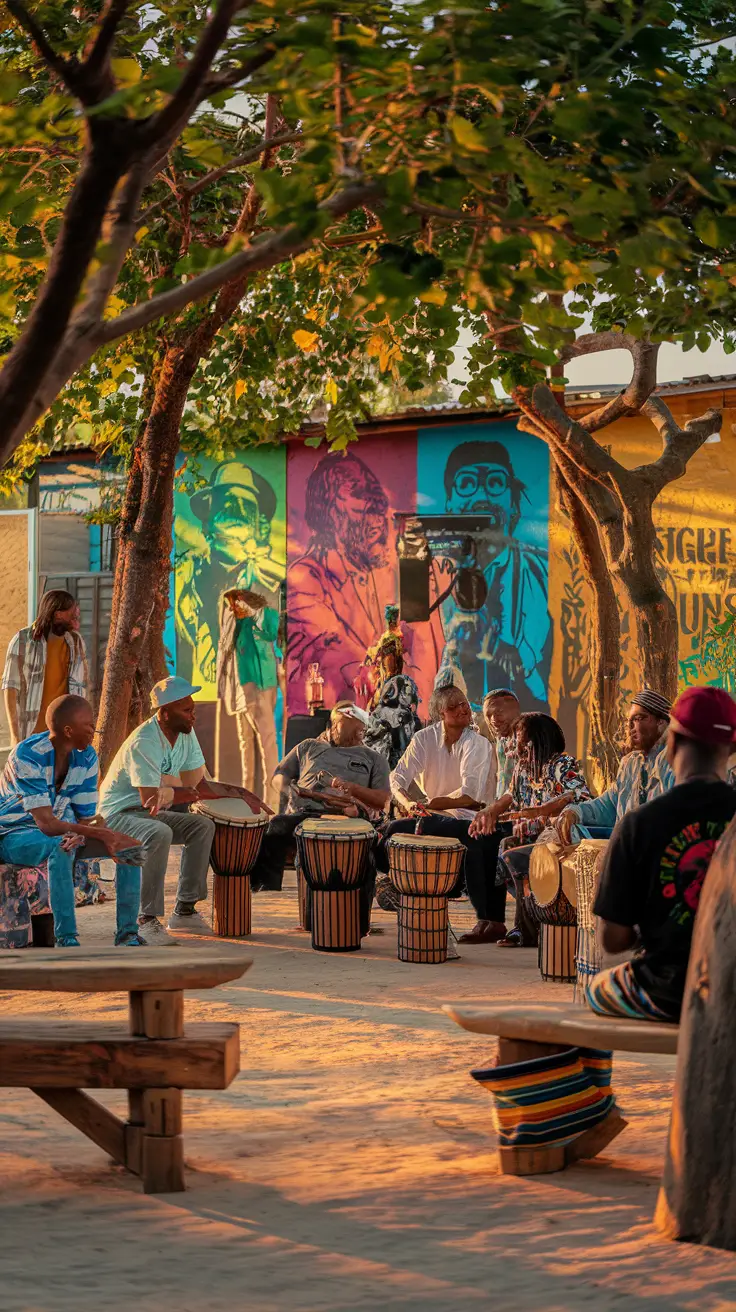
Not to be confused with Trench Town’s Culture Yard.
This lesser-known gem is a sanctuary for local talent and hosts community vibes, open-mic nights, and talks on reggae’s social influence.
Insider Love: You might catch the next big thing echoing from this yard, so tune your ears.
12. Zurich Record Shop – Montego Bay
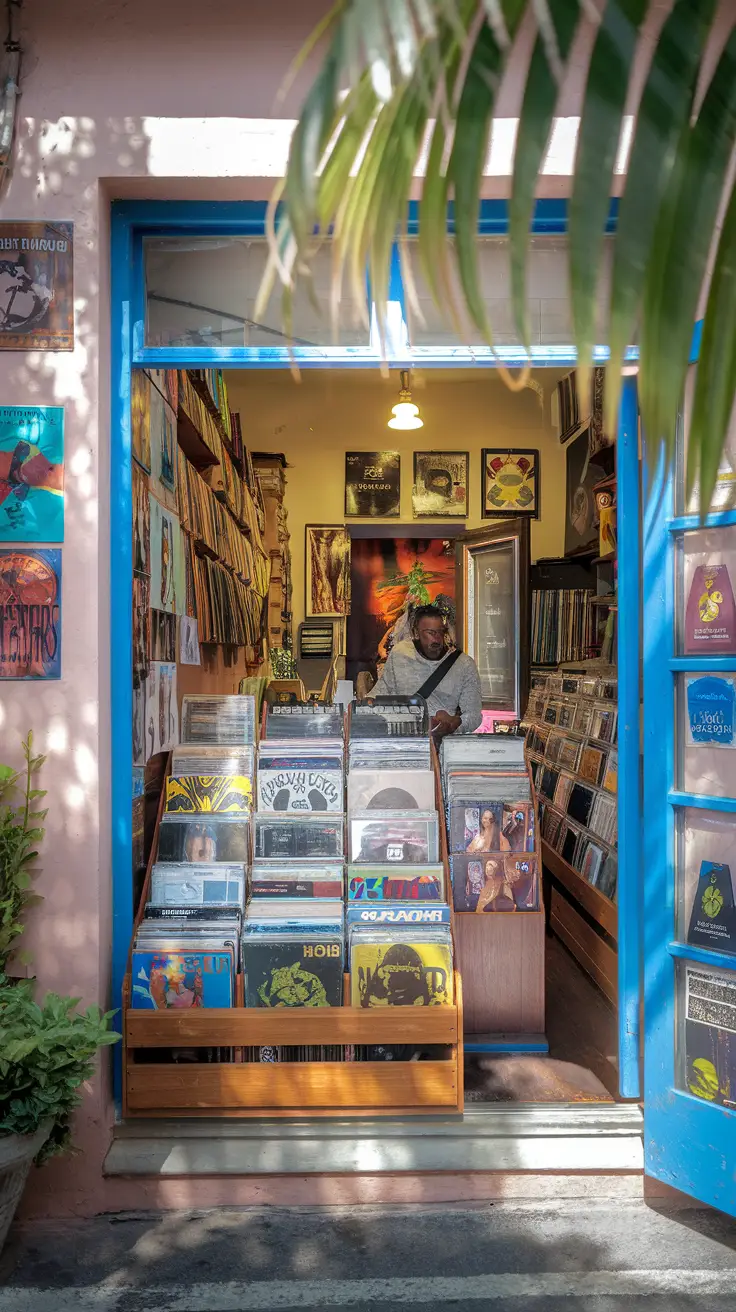
If you’re cruising into Montego Bay, stop by this unassuming record shop. The owner, Mr. Zurich himself, is a walking reggae encyclopedia.
He’s happy to chat about rare pressings and might even play you a few secret recordings.
Cruiser Bonus: He’ll pack your vinyls for travel, so don’t worry about scratching your Bob at sea.
Cruise-Pro Tips for Reggae Adventurers
- Time It Right: Shore excursions can be short (and ships won’t wait). Prioritize which heritage sites matter most to you and explore combo tours.
- Pack Light: Jamaica’s heat can sneak up on you. Hat? ✅ Refillable water bottle? ✅ Good walking sandals? ✅ An open heart and love for rhythm? Absolutely.
- Go Local: Grab jerk chicken from a roadside stand. Chat with musicians at Dub Club. Reggae isn’t just sites—it’s soul, conversation, and community.
Final Thoughts: Listen with Heart, Travel with Soul
Visiting Jamaica’s reggae heritage sites isn’t about checking boxes. It’s about standing where legends once stood, feeling the heartbeat of a nation through its music, and letting that rhythm carry you long after your ship sails away.
Because reggae isn’t just a genre—it’s a call to remember where you come from, to fight for your truth, and to dance (even if you’re off beat, like me after my third rum punch).
Come for the sunshine, stay for the soul. And next time you hear “One Love,” you’ll feel it—from the soles of your feet to the top of that beachy sunhat.
Now, grab your compass (or maybe just your camera) and follow the riddim. Jamaica awaits.
Last Updated: 18 July 2025